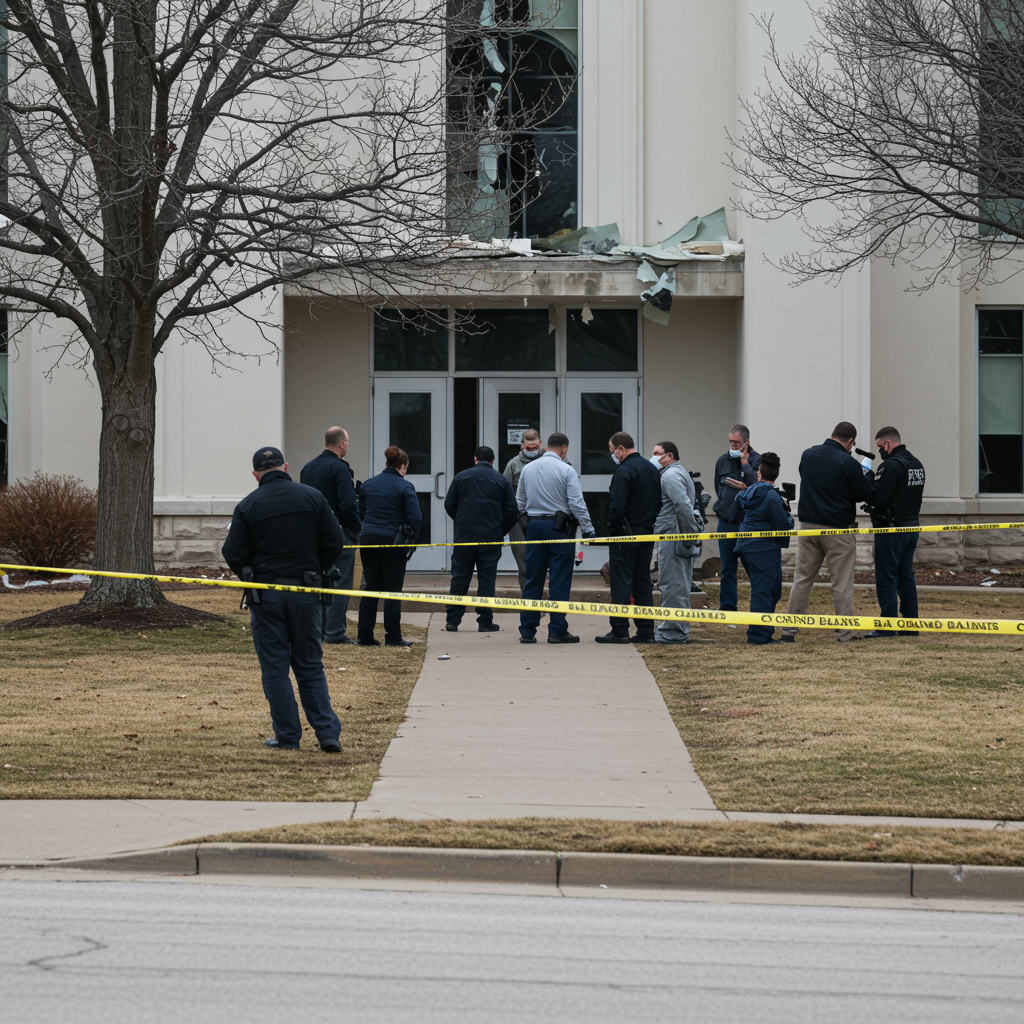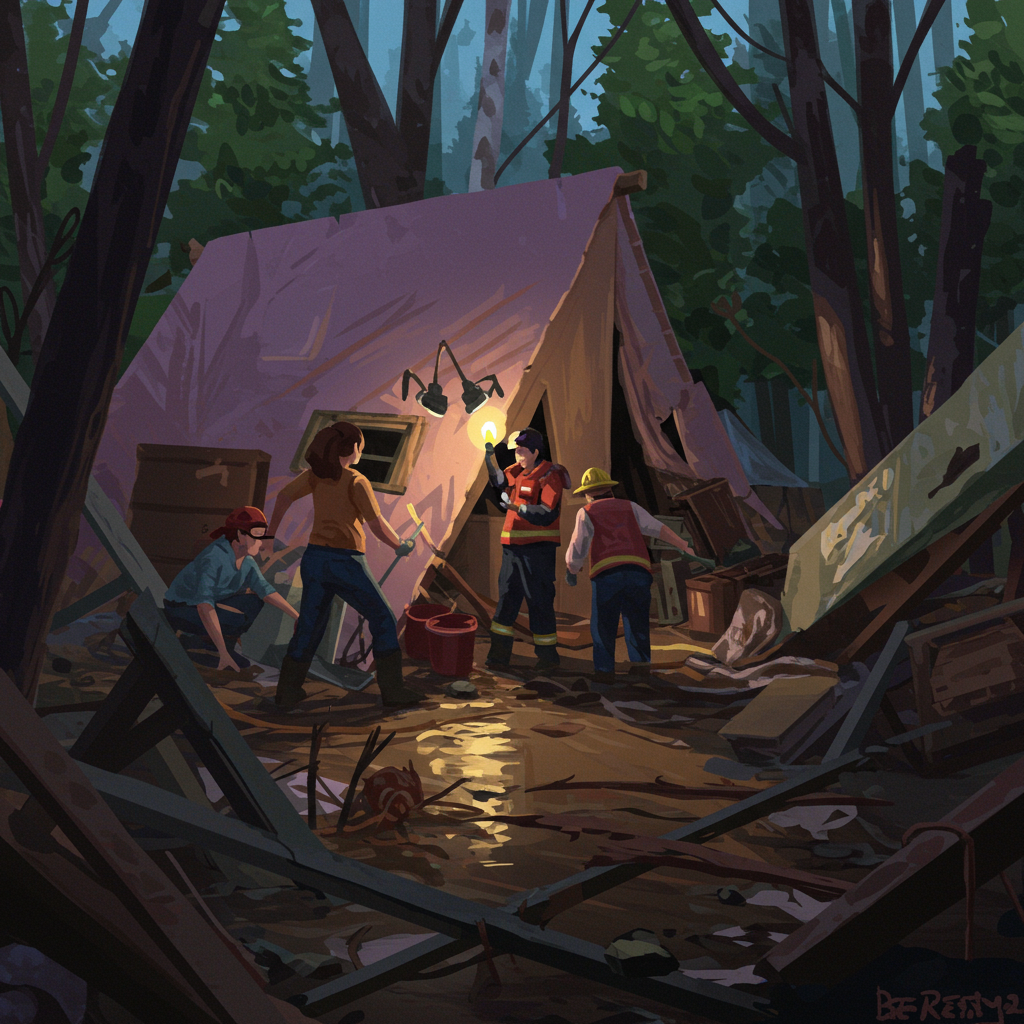Assessments are sharply divided regarding the effectiveness of recent US airstrikes targeting Iran’s nuclear facilities, with questions mounting on June 26, 2025, following a period of intense confrontation. While the Trump administration has declared the operation a decisive success, claiming Iran’s nuclear program was “obliterated,” military intelligence and international experts paint a less conclusive picture, leaving critical questions unanswered.
The US military action, reportedly dubbed “Operation Midnight Hammer” by some officials, followed a period of escalating tensions and Israeli strikes. Despite official White House and Pentagon assurances of a “spectacular military success” that significantly damaged Iranian nuclear capabilities, divergent narratives emerged from a classified briefing held for the US Senate today. Republicans largely echoed the administration’s confidence, while Democrats expressed deep skepticism, highlighting concerns first raised by intelligence reports.
Key Unanswered Questions After the Strikes
Sources familiar with intelligence assessments point to significant uncertainties surrounding the strike’s impact, particularly concerning Iran’s nuclear material and future capabilities.
The Fate of Enriched Uranium: A primary objective of the strikes was neutralizing Iran’s growing stockpile of highly enriched uranium. While the administration suggested the material at targeted sites like Fordow was destroyed, intelligence assessments from Europe and confirmations from the head of the UN’s nuclear watchdog, the IAEA, indicate the uranium was likely moved before the strikes. Its current whereabouts remain unknown, fueling concerns that this critical material is still intact and potentially accessible to Iran.
Iran’s Remaining Enrichment Capability: Doubts persist about whether the strikes truly eliminated Iran’s ability to enrich uranium. While key facilities were hit, the IAEA has been unable to fully track all of Iran’s centrifuges for several years. Experts believe Iran maintains a hidden stockpile of advanced centrifuges that could be used to continue enrichment activities in secret, making future monitoring significantly more challenging following the damage to known facilities and monitoring infrastructure.
- Increased Risk of a Secret Program: Perhaps the most critical question is whether the strikes have inadvertently pushed Iran closer to pursuing a nuclear weapon in secret. Critics argue that withdrawing from the 2015 nuclear deal (JCPOA) and opting for military action over diplomacy has damaged the credibility of negotiations and may increase the political will among Iranian hardliners to develop a covert nuclear capability. This could drive Iran’s nuclear activities underground, creating greater long-term risks.
- www.independent.co.uk
- thespectator.com
- www.cbc.ca
Conflicting Official and Intelligence Assessments
The disconnect between political declarations and intelligence assessments has created friction. Leaked intelligence reports suggested the strikes might only set back Iran’s nuclear program by a matter of months, directly contradicting the administration’s claims of years of delay or outright destruction. The Chairman of the Joint Chiefs of Staff acknowledged that assessing the overall damage was still premature, while stating specific targets like the ventilation shafts at Fordow were hit.
Defense Secretary Pete Hegseth defended the strikes to lawmakers but reportedly was unaware of intelligence suggesting the uranium had been moved. Administration officials have vehemently denied reports of incomplete success, dismissing them as “flat-out wrong” and attributing leaks to “low-level losers.” This strong defense is seen by some as inadvertently lending credence to the leaked intelligence.
Iran’s Response and Regional Impact
Amidst the differing assessments, Iran’s Supreme Leader Ayatollah Ali Khamenei re-emerged publicly today, claiming victory over the US and Israel and warning of significant repercussions for any future aggression. Khamenei, who had reportedly been in a secret location during the most intense phase of hostilities, emphasized Iran’s capability to target “important American centres in the region,” referencing an earlier Iranian ballistic missile strike on a US base in Qatar which caused no casualties.
Iran has also reportedly initiated an internal crackdown, executing individuals accused of collaborating with Israel and arresting hundreds more. This comes as the conflict highlighted the vulnerability of Iran’s leadership.
While the US administration publicly suggested regime change was possible during the conflict, President Trump has since indicated he does not seek toppling the clerical rule, citing concerns about regional stability.
The 12-day confrontation marked the most intense clash between Iran and Israel, resulting in significant casualties reported by both sides (hundreds killed in Iran, dozens in Israel). France confirmed its military participation in defending Israel against the barrage of Iranian missiles and drones.
International bodies like the IAEA have cautioned against simply measuring the setback in months or years, emphasizing that Iran retains the technological knowledge and industrial capacity. They advocate for a long-term, cooperative solution, suggesting the military strikes alone cannot eliminate the underlying nuclear potential.
In conclusion, as of June 26, 2025, despite high-level claims of success, the true impact of the US and Israeli strikes on Iran’s nuclear program remains a subject of intense debate and significant uncertainty, leaving the international community grappling with critical unanswered questions about the fate of nuclear material, Iran’s remaining capabilities, and the long-term path of its nuclear ambitions.


